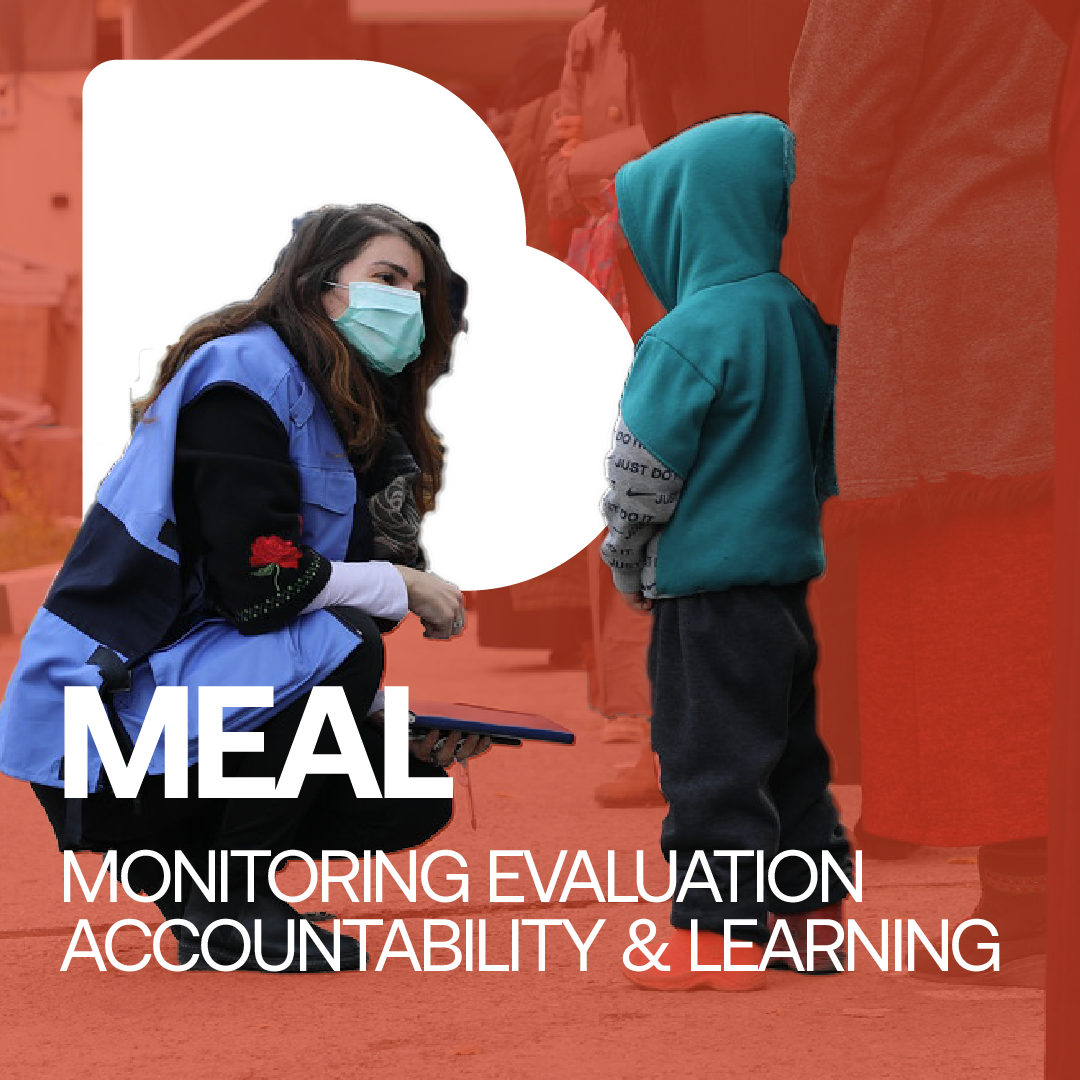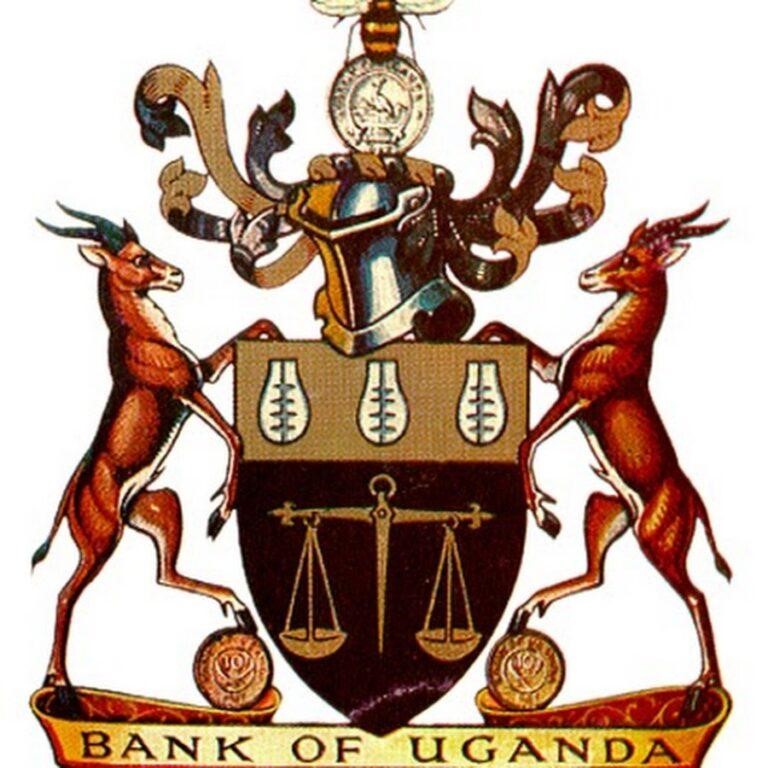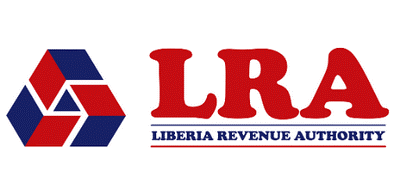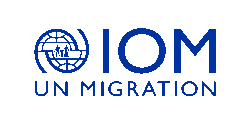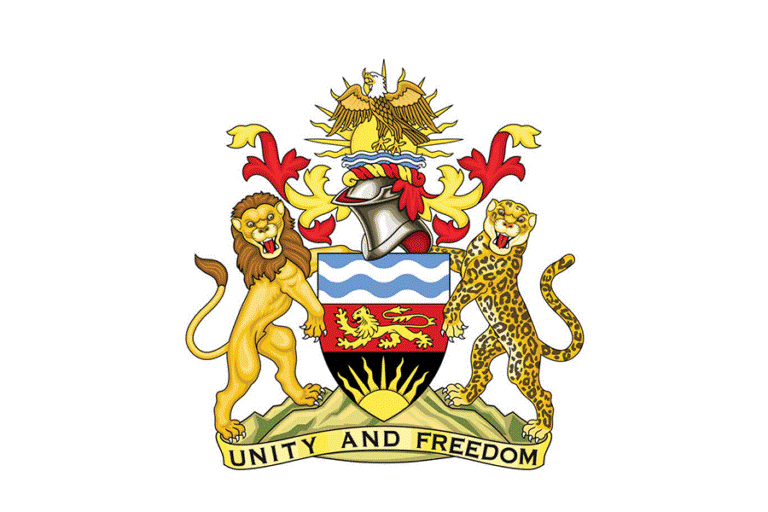Mastering Monitoring and Evaluation: A Comprehensive Guide
Introduction
In the realm of project management and development, monitoring and evaluation (M&E) stand as indispensable tools. They provide crucial insights into the effectiveness, efficiency, and impact of interventions. This article serves as a definitive guide to understanding, implementing, and mastering monitoring and evaluation practices. We'll delve into the core concepts, methodologies, frameworks, and tools essential for effective M&E. Whether you're a seasoned professional or a newcomer to the field, this article aims to equip you with the knowledge needed to navigate the intricacies of monitoring and evaluation successfully.
Understanding Monitoring and Evaluation
Before diving into the nuances, let's clarify the fundamental concepts of monitoring and evaluation. Monitoring involves the systematic collection and analysis of data to track the progress of a program or project. It answers questions related to whether activities are being implemented as planned, resources are utilized efficiently, and outputs are being produced. On the other hand, evaluation assesses the effectiveness, efficiency, relevance, and sustainability of interventions. It provides insights into the outcomes and impacts achieved, identifies strengths and weaknesses, and offers recommendations for improvement.
Difference Between Monitoring and Evaluation
While monitoring and evaluation are often used interchangeably, it's essential to recognize their distinct purposes and functions. Monitoring focuses on tracking the implementation process and outputs in real-time, ensuring that activities stay on course. Evaluation, however, looks beyond outputs to assess outcomes and impacts, providing a retrospective analysis of effectiveness and efficiency.
Framework for Monitoring and Evaluation
A robust framework serves as the backbone of any monitoring and evaluation endeavor. It provides a structured approach to defining objectives, selecting indicators, collecting data, analyzing information, and utilizing findings. Common frameworks include the Logical Framework Approach (LFA), Results-Based Management (RBM), Theory of Change (ToC), and the Balanced Scorecard.
Importance of Monitoring and Evaluation
The significance of monitoring and evaluation cannot be overstated. They offer several key benefits, including:
- Evidence-based Decision Making: M&E provides reliable data and insights to inform decision-making processes, ensuring resources are allocated effectively.
- Accountability: By assessing performance and outcomes, M&E promotes transparency and accountability among stakeholders.
- Learning and Improvement: Continuous monitoring and evaluation facilitate learning from successes and failures, leading to iterative improvements in program design and implementation.
- Resource Optimization: Identifying inefficiencies and areas for improvement enables organizations to optimize resource allocation and achieve greater impact with limited resources.
Roles and Responsibilities of Monitoring and Evaluation Officer
The role of a Monitoring and Evaluation Officer is multifaceted and critical to the success of M&E efforts. Responsibilities typically include:
- Designing and implementing M&E frameworks and systems
- Collecting, analyzing, and interpreting data
- Developing and maintaining databases for M&E purposes
- Generating regular reports and presentations for stakeholders
- Conducting evaluations and impact assessments
- Providing technical support and capacity building to staff and partners
Components of Monitoring and Evaluation
A comprehensive M&E system comprises several interrelated components, including:
- Clear Objectives and Indicators: Clearly defined objectives and SMART (Specific, Measurable, Achievable, Relevant, Time-bound) indicators are essential for effective monitoring and evaluation.
- Data Collection and Analysis: Reliable data collection methods and robust analytical techniques are vital for generating accurate and actionable insights.
- Reporting and Communication: Timely and transparent reporting ensures that findings are effectively communicated to stakeholders, fostering accountability and learning.
- Feedback Mechanisms: Establishing feedback loops allows for continuous engagement with stakeholders, enabling responsiveness to emerging issues and concerns.
Tools for Monitoring and Evaluation
Various tools and techniques are available to support monitoring and evaluation efforts, including:
- Surveys and Questionnaires
- Interviews and Focus Group Discussions
- Participatory Rural Appraisal (PRA) techniques
- Geographic Information Systems (GIS)
- Performance Dashboards and Scorecards
- Outcome Mapping and Most Significant Change (MSC) techniques
Training and Capacity Building
Building the capacity of staff and partners is essential for ensuring the successful implementation of monitoring and evaluation activities. Training programs should cover:
- M&E concepts, frameworks, and methodologies
- Data collection, analysis, and interpretation techniques
- Reporting and communication skills
- Utilization of M&E findings for decision-making and learning
Conclusion
Monitoring and evaluation play a central role in enhancing the effectiveness, efficiency, and impact of development interventions. By systematically tracking progress, assessing outcomes, and learning from experience, organizations can optimize their resources and achieve sustainable results. Mastering the principles, frameworks, and tools of monitoring and evaluation is essential for any individual or organization committed to making a positive difference in the world.

